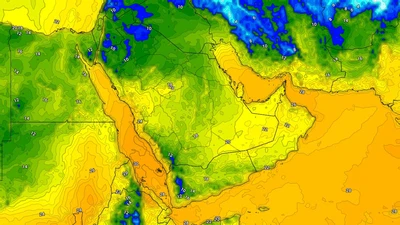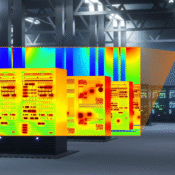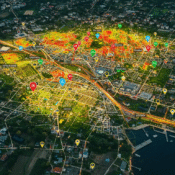In the demanding climates of Saudi Arabia, especially in cities like Riyadh, Jeddah and Dammam, maintaining reliable cold-chain control is more than a one-time verification—it must be continuous. A properly executed temperature mapping study is the foundation, but to stay ahead, operations must adopt advanced practices that embed mapping into the regular rhythm of facility oversight. At Eximia360, we offer continuous temperature mapping study services across Saudi Arabia (including Jeddah, Dammam and Riyadh) that go beyond periodic checks to deliver proactive, real-time insights.
Here are 11 advanced practices to make continuous temperature mapping truly effective:
1. Deploy IoT-enabled sensors for live monitoring
Traditional data loggers record and are reviewed later. But continuous temperature mapping takes this further by using networked, real-time sensors so you can detect excursions or drift immediately. Eximia360 highlights the value of integrating real-time monitoring into the mapping ecosystem.
2. Establish trigger thresholds and automated alerts
With continuous mapping, you can set actionable thresholds (for example, +2 °C deviation) that trigger alerts. This turns a temperature mapping study from a passive report into an active control system.
3. Map at multiple operational states (empty/loaded, day/night, seasonal)
Continuous mapping means you do studies not just once, but across different states: full load, off-peak, night shift and seasonal extremes. Eximia360 emphasises that conditions in Riyadh can push systems to their limits and mapping must reflect that.

4. Overlay airflow and humidity data for deeper insight
Temperature mapping study is most powerful when it includes humidity and airflow patterns. In high humidity zones like Jeddah or coastal Dammam, understanding humidity stratification matters. Eximia360 references combining environmental metrics.
5. Use heat-mapping visualizations for rapid diagnosis
Beyond raw data, continuous mapping benefits from visual heat maps that show hot-spots, cold-pockets, or stagnation zones. A live dashboard with heat-map overlays helps facility managers respond faster.
6. Integrate with maintenance scheduling and HVAC analytics
Continuous mapping means the findings feed into preventive maintenance. If temperature variations grow over time, they may indicate deteriorating insulation, fan issues, or door-leakage. Eximia360 shows how mapping is part of ongoing system health monitoring.
7. Maintain a rolling certification-ready report archive
Regulators like the Saudi Food & Drug Authority (SFDA) and global GDP/WHO guidelines expect documentation. Continuous temperature mapping lets you maintain a living archive of verified conditions, not just snapshots.
8. Create zone-based dashboards for multi-storage or transport fleets
In Saudi Arabia’s large cold-chain operations, you may have ambient, chilled and frozen zones, or a fleet of refrigerated trucks. Continuous mapping means each zone/fleet segment has its own tracked metrics and dashboards.
9. Conduct regular review cycles and re-baseline mapping
Even the best installations shift over time — insulation degrades, usage patterns change, ambient conditions shift. Continuous mapping practice includes regular re-baselining of the system and repeating the temperature mapping study process periodically.
10. Benchmark against ambient and external conditions
Saudi climates are extreme; for example, Riyadh summer ambient temps can exceed 45 °C. A continuous temperature mapping programme should relate internal readings to ambient data, identifying when external pressure is high. Eximia360 uses this approach.
Why this matters in Saudi Arabia
In cities such as Riyadh, Dammam and Jeddah, ambient heat, variable humidity, and intense logistics demand make the cold-chain fragile. A one-off temperature mapping study may confirm compliance, but without continuous mapping practices, hidden drift or emerging hotspots will go undetected. Eximia360’s service model addresses this by delivering ongoing temperature mapping study services tailored for the Kingdom.
To implement a robust ongoing mapping regime, begin with a baseline temperature mapping study (via Eximia360), deploy continuous monitoring sensors, define your alert thresholds and reporting cadence, and schedule periodic re-mapping. Eximia360 supports clients in Jeddah, Dammam and Riyadh with full service, from sensor deployment, data analysis, to compliance-ready reporting. Visit www.Eximia360.com to learn how we can organise a temperature mapping study tailored to your multi-facility or fleet operations in Saudi Arabia.













